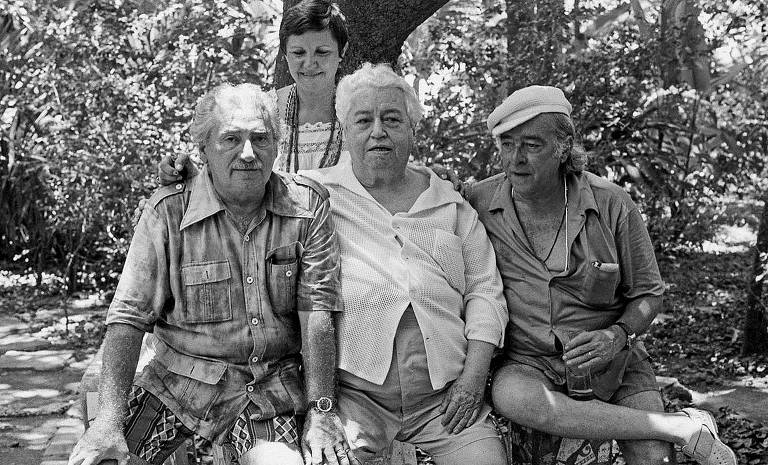Di Cavalcanti's funeral in October 1976 was strangely empty. With his face covered by a veil to hide the physical wear caused by cirrhosis, the body lay in the lobby of the Museum of Modern Art in Rio de Janeiro.
The gloomy atmosphere was interrupted by the arrival of filmmaker Glauber Rocha, who, with a small team, embodied the director on a film set. It is with this curious case that Marcelo Bortoloti begins "Di Cavalcanti: Popular Modernist," the most comprehensive biography of the artist published to date, released by Companhia das Letras.
With phrases like "now give a panoramic shot and frame the coffin in the center!", Glauber did not hesitate to lift the veil to film Di Cavalcanti's cadaverous face, consumed by illness. The result was a short film that interspersed funeral scenes with readings of poems, newspaper articles, and stories about the painter.
For Bortoloti, Di Cavalcanti's trajectory illustrates the movements of Brazilian culture in the last century. "The renewal of the press, the Week of 1922, the creation of the Communist Party, the clashes between figurative and abstract painting, the invention of the art market, and the valorization of works as commodities. He was directly involved in all of this."
